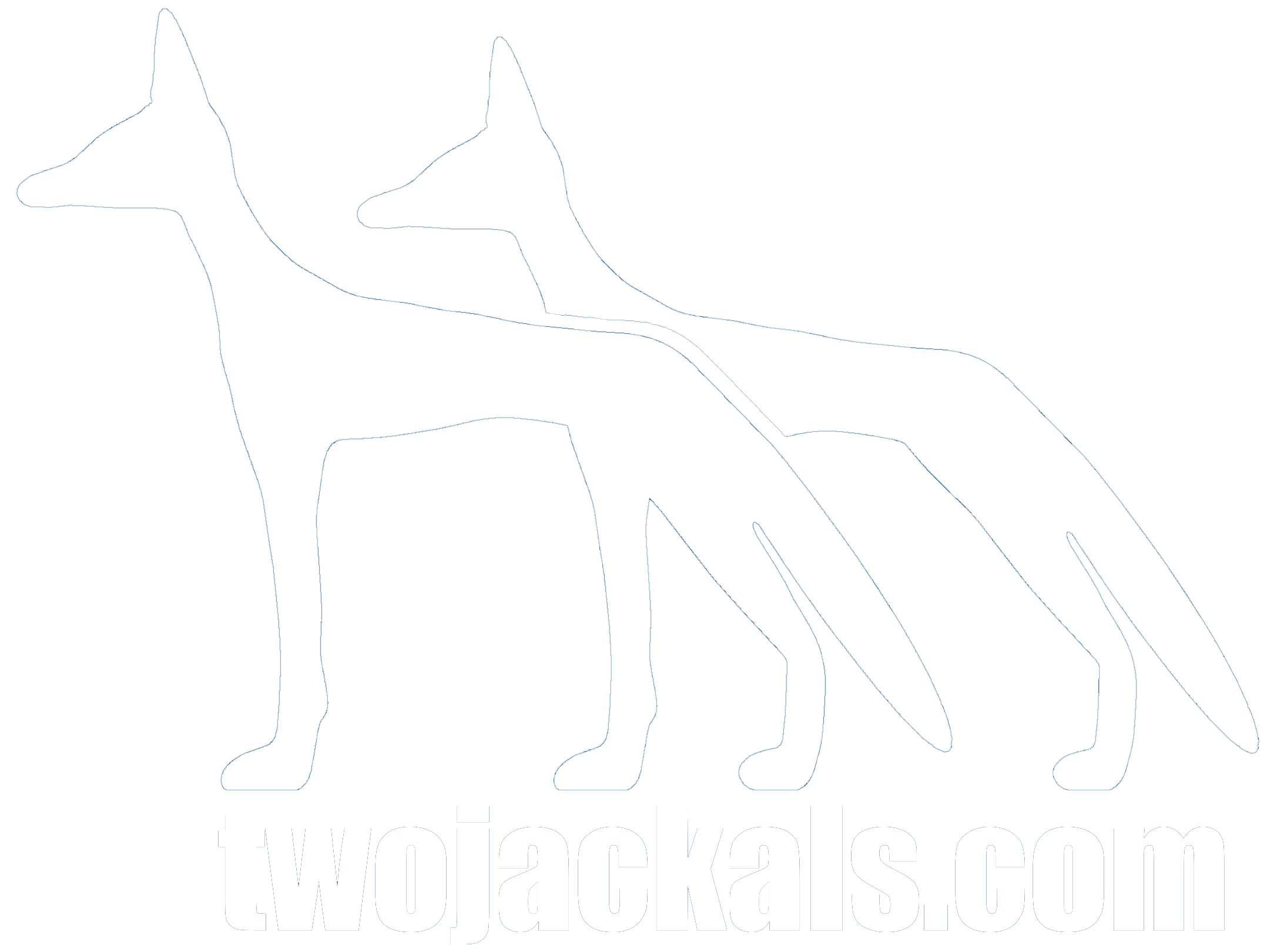Asyut and the Temple of Wepwawet

Believed to trace its origins as far back as the Fourth Dynasty or even further, Asyut was the capital city of the 13th Nome of Upper (that is, Southern) Egypt, situated in the center of the country, located on the Western bank of the Nile. Its location alone embodies the original name Zꜣwtj (zɑuːti), or “Guardian”, as it stands along the route between South to North, and East to West. It has been continuously inhabited for over 5,000 years and stands today as one of the oldest urban cities in the world.
Asyut was the cult-center of the God Wepwawet, who would have functioned as the city’s primary Deity. The city would later be given the name Lycopolis (‘Wolf City’) as a result by the Greeks, a misnomer leading to significant confusion in modern-day study, particularly for those looking for reliable information on the Jackal God Wepwawet.
In its time, Asyut was a known as a cultural center for art, writing, and architecture, and was a full-fledged urban area with schools, libraries, and temples. Positioned at the crossroads of various territories, it held a pivotal role in linking multiple Egyptian trade routes; yet, despite its strategic importance and rich cultural history, the city’s vulnerability was starkly evident, particularly with its direct and exposed route between the North and South, rendering it a magnet for plunder, conflict, and warfare.
Asyut in the modern era came to light only after early-19th-century excavations had begun, uncovering a plethora of rock-cut tombs which dated primarily in the first Intermediate period through Middle Kingdoms; however, this forced Asyut into the shadows of these specific periods of time, and it wasn’t until later excavations and study that we could be introduced to a wider history of the area. Primarily, excavation is somewhat limited, focusing on Asyut’s necropolis site in the Western mountain (known today as Gebel Asyut al-Gharbi). Delving further into the depths of the city’s past presents formidable challenges, as the vestiges of the ancient area lie buried beneath layers of modern civilization.
Still, remnants and uncovered ancient records hint at the intrigue and grandeur that once adorned this border town. References and inscriptions allude to the presence of numerous temples dedicated to multiple deities at various points in its history, with the most prominent among them being the Temple of Wepwawet. This would have been the most impressive structure in the area, posited to be in the southwest area of the city.

Among the limited excavations available, notable discoveries have emerged, offering glimpses into the rich tapestry of Asyut’s cultural and religious heritage. One such treasure trove, the Salakhana Trove, unearthed from the Salakhana Tomb (or Tomb VII for Djefai-Hapi III), revealed a wealth of votive objects, many bearing depictions of Wepwawet and other jackal iconography. These artifacts not only enrich our understanding of the deity but also provide invaluable insights into the religious beliefs and cultural practices that thrived in ancient Asyut. The beautiful offerings of the Salakhana Trove are carefully outlined in Terence DuQuesne’s book of the same name: The Salakhana Trove.
In addition, various writings, inscriptional evidence, and archaeological fragments have been found, certifying the existence of the Temple(s) of Wepwawet throughout various time-periods in Ancient Egyptian history and their activities, including a Procession of Wepwawet reasoned to have moved between the Temple of Wepwawet and the Temple of Anubis. Temple life was mostly limited to elite figures, priests, and royalty, and the Procession of Wepwawet (often occurring at year’s end) and other feasts / festivals would have brought the iconography of Wepwawet to the masses; atop his Standard, Wepwawet’s image would have been considered to be the very embodiment of the God himself, marking these occasions rich with religious/spiritual significance.
We know that the Temple of Wepwawet was protected by walls as high as 15 metres and was well-staffed with a variety of professions. The temple took on heavy damage during regional unrest, starting from the First Intermediate period with decades of politically-fueled war, and due to the city’s location as a crossroads town, similar unrest over the years would not be uncommon; however, the Temple was rebuilt, restored and even expanded throughout the years, and the area did enter several periods of stability even though it would re-enter cycles of conflict multiple times over hundreds of years.
